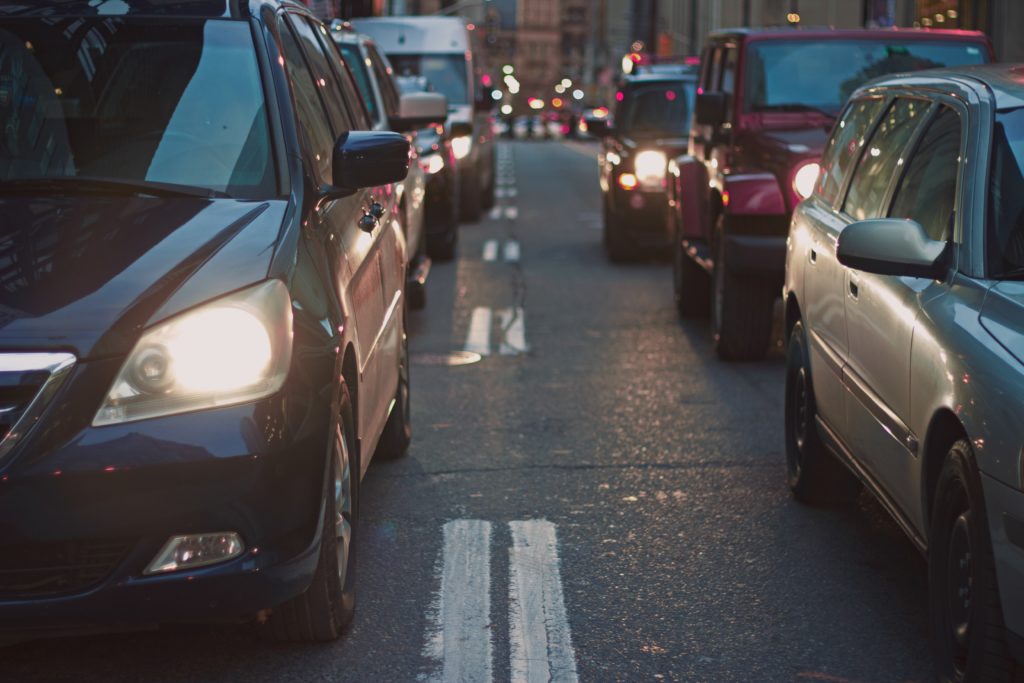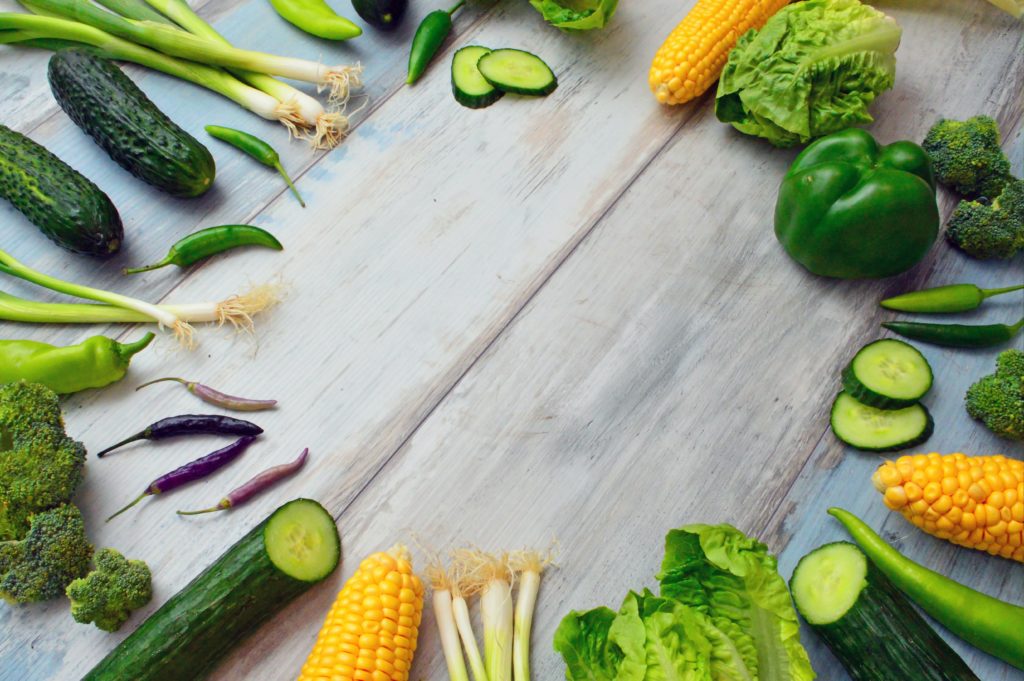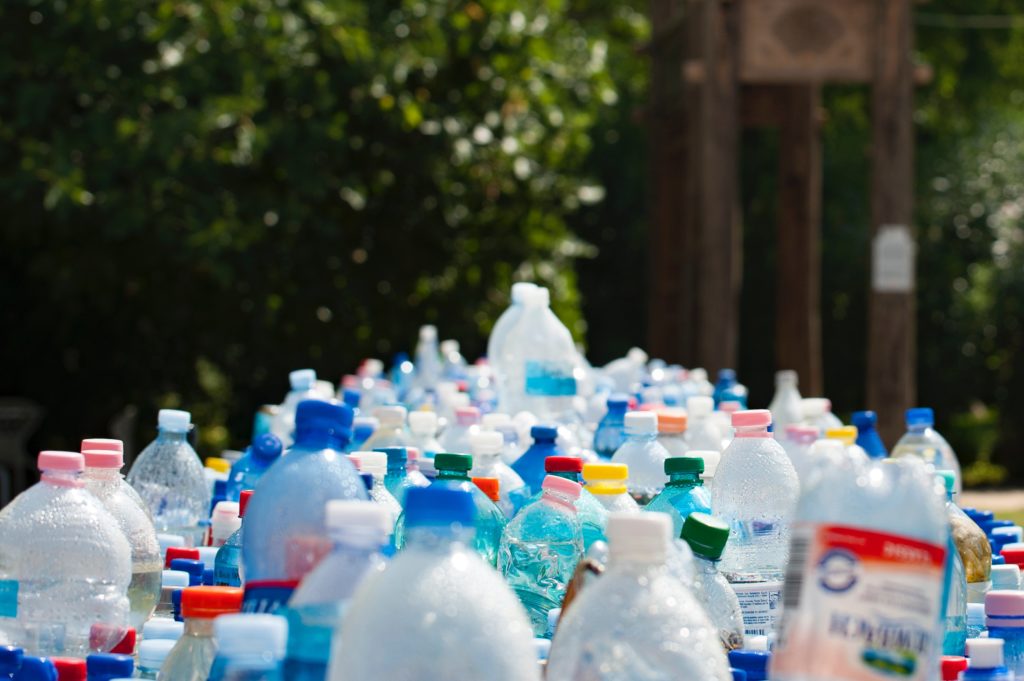What has COVID-19 taught us?
If the COVID-19 pandemic has taught us anything in a short space of time, it is the massive difference that our carbon footprint can make to the planet. After just two weeks following the outbreak began, there were reports of massive decreases in pollution.

As flights were grounded all over the world and people told to stay at home, pollution maps of cities all over the world were shared. Before COVID-19 lock down and after – there were some huge changes in a very short space of time.
Last summer I sent my friend in Hong Kong photos of our garden after we moved house. She commented on how blue the sky was. She never saw blue sky in Hong Kong due to the smog. After a month of her being in lock down, she was able to send me her own blue sky photo from the rooftop of her building – massive changes in a short space of time.
When this all ends, and it will end, I wonder how much of this will sink in with people all over the world. Will people change the way they live? Will we think more about our planet before we just ‘do’? What do you think?
One of the things we can all do when all this is over is to be more proactive about reducing our carbon footprint long term. You can calculate your carbon footprint here.
How to reduce your carbon footprint

Drive less
There is no doubt that driving a car increases your carbon footprint. Living in a rural area, we would be lost without a car though, so how can you reduce the footprint but still get to where you need to be?
One way is to car share. If you travel alone in your car you create a larger carbon footprint than if you travel with other people in your car, so car share where you can.
Find out if you can travel by train to any of your destinations for example. A quick search like ‘trains going to London Bridge‘ will help you work out different options for your travel arrangements. Even if you can’t travel all the way by train, you could at least do part of your journey this way.
Fly less

Travel is amazing. We love to travel and we intend to see as many places as possible, but this does leave a large carbon footprint. Try to plan your holidays and think about whether you need to fly somewhere. Do you need to fly every year? Can you travel in a different way?
This question is especially relevant for short haul flights. You leave a greater carbon footprint by flying short haul compared to long haul.
Waste less

Try not to waste food. So much food is wasted all over the world every day. When you buy food, take note of use by dates and make sure you eat or cook and store items in time to avoid having to throw things away.
Bananas that are no longer good to eat can be mashed down and made into ice cream or used in flapjack and therefore not wasted. Apples and berries can be stewed and frozen, used for things like crumbles, or used in smoothies.
Batch cooking can help to ensure items are used up and there is less waste. Try washing and chopping up fruits and vegetables when you buy them and storing them ready chopped in the fridge. We find this means less waste as they are always ready to eat and/or cook.
Recycle more

Recycling uses less energy and produces less pollution than making things from scratch. Reducing the number of things that need to be thrown away, reduces the amount of materials which have to be quarried and mined.
Think carefully about what you can recycle in the home. Make sure you sort your items to be taken away weekly and recycle anything else you can by sorting it and taking it to your local recycling centre.
Don’t forget you can also recycle clothes. You can do this within your own family, passing clothes down between siblings, to friends and other relations, or equally by donating the clothes to a second hand shop. This means they will be reused and also generate valuable income for a good cause.
Shop sustainably

Photo by Bedbible.com
When it comes to your food shop, try to buy what is in season. Seasonal food is cheaper to buy and lowers your carbon footprint because you aren’t buying food that has been imported.
Vegetables out of season are grown in greenhouses, where a high amount of energy is required to artificially recreate the ideal cultivation conditions, bringing about unsustainable environmental costs. Either that or they are imported from other countries.
Pay attention to where your food is coming from. Buying local fish is more sustainable than fish from the supermarket that has come from Malaysia.
When possible, it’s better to buy packaging-free products. Buying locally can help with this, at a local green grocer for example, you can put the fruit and vegetables straight into your own bag and miss out on any packaging. A local butcher will use less packaging to wrap meat than a supermarket, as will a local deli and bakery.
When it comes to clothes and other goods, try to buy second hand where you can, or from retailers who abide by sustainable practice, and take reusable bags with you when you go to the shops.
There are tons of ways to reduce your carbon footprint. I plan to consider many more of these and implement them post COVID-19, will you?


9 comments
Some good tips , who would have thought people could make.such an impact on the colour of the sky it’s a shame really 🙁
A very useful summary; we can all make better and more informed choices. I was quite pleased with my progress until Covid-19. Now I am reluctant to buy fruit, veggies and bread that is uncovered so I have started buying cello-packed again. Hopefully we will get on top of the virus soon so buying loose and unpackaged food will once again be a safe option.
some great tips here!
Great ideas …thanks
Please write more often because I love your articles. Thank you!
I like your articles, I will stay connected with your blog for future articles.
Please write more often because I love your articles. Thank you!
Great ideas …thanks you
Please write more often because I love your articles. Thank you!